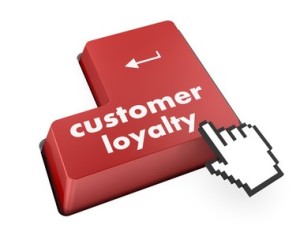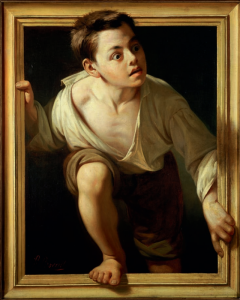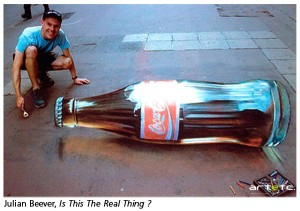Wowing Audiences with Animated 3D Projections
What if you could blur the lines between fantasy and reality for your audience? With 3D technology being weaved into everything from home televisions to cinemas these days, it’s high time that companies were easily able to use it as an out-of-the-box vehicle to deliver their brand story.
Bringing excitement to events

Imagine attending a trade fair and seeing an exhibitor’s information dance away at your feet; or seeing visuals of a product’s features come to life in vivid 3D animations at it’s launch event. Wouldn’t that be fascinating? Thanks to cutting-edge 3D technology, bringing a sense of virtual reality to almost any environment is now possible; and without anyone having to put on clunky 3D glasses.
As a medium that’s anything but static, the storytelling powers of animated 3D projections are limitless. It communicates ideas in a far more compelling way than a flat poster or video ever could, through life-like moving visuals. It breathes life into any message, allowing it to come alive in front of a person, creating a sense of wonder and excitement for people who stumble upon it.
Because it’s so disruptive and unordinary, animated 3D projections can bring an element of virality to events, outdoor and indoor marketing campaigns. It’s a great for grabbing attention as the animations are projected outside the usual confines of a screen.
Innovating the in-store experience

Effective shopper marketing goes beyond displaying shelf advertisements or stacking products on gondola ends. Shoppers want to be entertained and inspired when looking for products to fill their baskets with. That is why retailers are continuously looking for ways to enhance the in-store shopping experience; in hopes of driving footfall and increasing basket size.
Animated 3D projections seeks to address this missed-mark for retailers. During a recent trial in a Tesco UK store by independent market research company, Marketing Sciences, shoppers were intrigued by moving 3D animations on the floors. While most shoppers regarded it as entertainment, stopping to stare during their weekly shop, others agreed that it disrupted the mundane routine of grocery shopping and livened up the experience as a whole.
It reminded shoppers that brands being projected were well alive in the supermarket and associated Tesco with being a forward-thinker for using technology to improve the in-store experience. See the full results of the study here. Reactions of shoppers were compiled in a video by Visual Retale, the company behind this 3D technology.
Driving brand recall with 3D technology

A Mass Merchant Shopper Engagement Study done by POPAI in 2014 revealed that 82% of purchase decisions are made in-store. That’s a vast majority of shoppers who still have the capacity to be influenced. Brands are allowed one last attempt to engage with shoppers. A precious attempt that should seek to deliver campaigns that drive emotional engagement and change buying behavior.
Instead of having to opt for traditional shelf banners or flat 2D displays for in-store advertising, products can now tell their story through engaging 3D in-store media. Not only does it easily seize the attention of shoppers where important purchase decisions are made, it also cultivates emotional responses, driving engagement through the roof in comparison to traditional in-store media.
To find out more about how you can integrate this 3D media innovation into your next event or marketing campaign, visit www.visualretale.com.






